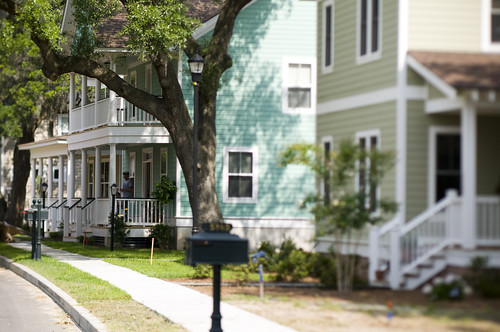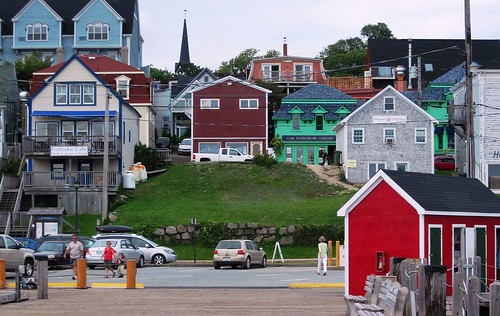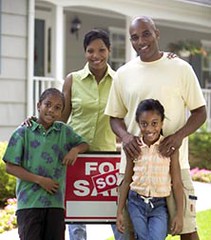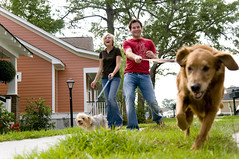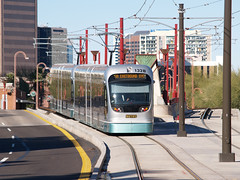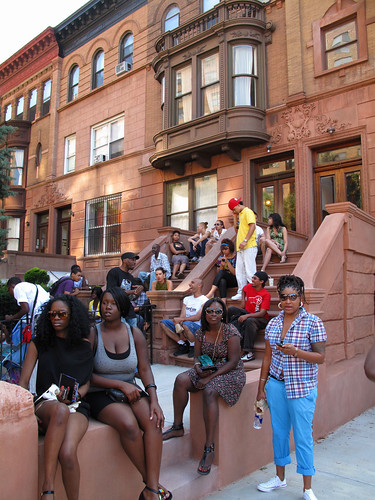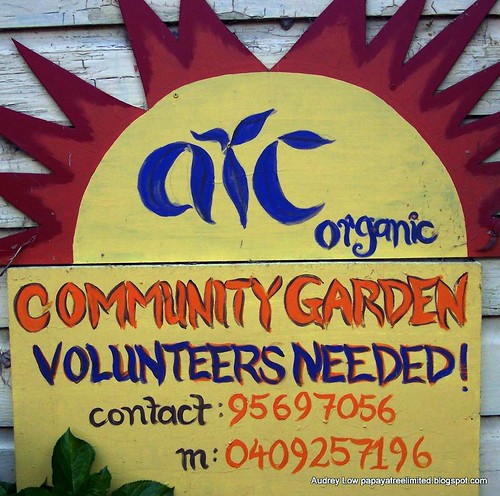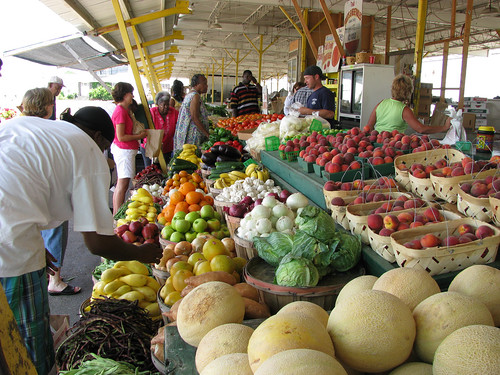What is a 'sustainable community,' and what does the answer have to do with us?

Posted September 7, 2010 at 1:35PM
Today I begin a new job, as leader of NRDC’s new sustainable communities initiative. It’s really more an evolution of my old job, since for a decade and a half I have already been all about advocating a positive vision for environmentally responsible placemaking. But NRDC, a large organization with many facets and issues, has this summer for the first time elevated the topic to the status of one of our six institutional priorities for the next five years. That’s a big deal for us, and I could not be more pleased.
Though an evolution from my old job, the new will not be the same. The concept of sustainable communities will, and should, be writ larger than the concept of “smart growth,” though smart growth – organizing inevitable population and economic expansion in ways that  preserve the environment, support the economy, and foster social equity – is absolutely one of its cornerstones. (And, by the way, I should hasten to add that being named “director” of this work means I will be following as much as leading -- learning and synthesizing the wisdom of many NRDC peers who are experts on the relevant issues.) More about our agenda later.
preserve the environment, support the economy, and foster social equity – is absolutely one of its cornerstones. (And, by the way, I should hasten to add that being named “director” of this work means I will be following as much as leading -- learning and synthesizing the wisdom of many NRDC peers who are experts on the relevant issues.) More about our agenda later.
First, let’s get to the question in this post’s title. One of the things I learned in the process of helping assemble the information we needed in our strategic planning process (repeatedly, and those of you who have been involved in strategic planning know what I mean) was that the word “sustainable” is very difficult for some people. I heard from various sources that it was nebulous, outmoded, abstract, obtuse, off-putting and goofy, among other things. I disagree, since for me being able to sustain something inherently requires respect for environmental, economic and social resources. It’s not that hard to grasp, and just as clear as “clean” air was when that phrase was first coined. But then I’m the kind of guy who thinks a thesaurus is a really fun read.
On vacation a couple of weeks ago in Nova Scotia, our B&B host, a very knowledgeable environmentalist (and half of a superb innkeeping team), asserted that “there is no such thing as ‘sustainable development.’”
He didn’t know my line of work. I laughed and said, “well, you just obliterated my whole career in less than ten seconds.”
That initiated a conversation that both of us wished we had had more time to pursue. If we had, I think we would have come to agreement pretty quickly. My sense is that we really didn’t differ with respect to the facts, the goals, or our values, but only regarding the semantics, and possibly we could have learned from each other about solutions. Alas, it was our day of departure.
I think it’s the right word, or at least the best that we have. Of all the definitions I have seen – and, trust me, there are many, all related – this is my current favorite:
"They [sustainable communities] share a common purpose: places where people thrive to enjoy good health and create a high quality of life. A sustainable community reflects the interdependence of economic, environmental, and social issues by acknowledging that regions, cities, towns and rural lands must continue into the future without diminishing the land, water, air, natural and cultural resources that support them. Housing, transportation and resource conservation are managed in ways that retain the economic, ecological and scenic values of the environment. And they are communities where the consumption of fossil fuels, emissions of greenhouse gases, water resources and pollution are minimized."
Bingo. That’s from the Maryland Department of Planning, by the way.
Is it a utopian vision? Perhaps to a degree, but only in the sense that air or water can never be entirely clean, or greenhouse gas emissions entirely avoided. We still must do everything in our power to further the goals expressed in the definition above, especially given increases in population and economic activity that will occur over the next several decades. At NRDC, the initial core of our program will come from our existing national and state advocacy for smart growth and efficient transportation, and from our existing region-based work in New York, Los Angeles and Chicago. The latter includes environmental justice, green jobs, public health, transportation, parks, and more. Those are the areas that we specifically mention in the strategic plan.
EJ in particular is critical, though I like to think of it as environmental equity more than “justice,” which (here I go parsing words again) sounds legal and about redressing grievances more than forging the solutions. Not that redressing grievances and litigation aren’t really important in context, and in fact I hope my NRDC colleagues keep at it when warranted. But I hope we can develop the core of “sustainable communities” advocacy at NRDC in a positive, forward-looking way. It won’t be just my call, of course: all this is something that my colleagues and I will develop together.
For me, the real excitement of working on a communities agenda at a place like NRDC with deep and diverse expertise is finding the synergies between these and other issues that, historically, we have pursued separately. What can we do, for example, when we consider watershed protection and efficient transportation together? Environmental equity and green buildings? What can a national smart growth agenda learn from place-based experience in New York or Chicago? I’ve been delighted to learn recently that some of my colleagues in our city offices have begun working on inclusive, sustainable revitalization, the subtopic that interests me perhaps the most at this point in my career. I can’t wait to collaborate, and perhaps bring in some of the expertise that we identified in developing LEED-ND.
I see us addressing the issues of sustainability at several scales, with different solutions appropriate to each: neighborhoods, cities, suburbs, towns, and regions. Again, the semantics matter: I know from discussing the initiative with colleagues and partners that some think our work will be all about cities. But I think we would both miss important opportunities and send the wrong signal to our constituency if we do not clarify explicitly that suburbs, towns and metropolitan regions (not to mention the neighborhoods that compose all of the above) also fall within our concept of communities.
Finally, I can’t write a post about sustainable communities without spending some time on the story in 2009 and 2010 on the subject, the formation of the still-evolving federal Partnership for Sustainable Communities comprising EPA, HUD, and the Department of Transportation. They have some of the best and brightest among us on their staffs, and they too are finding and exploiting synergies in their agendas, to great potential effect. I can already see the results in recent program announcements at HUD and DOT, two agencies with real money. And of course EPA’s smart growth office has been a leader on these issues for as long as I have been working on them. NRDC will help and share expertise as much as we can: one of the things we talked about in our planning process was "national" advocacy at the federal level for cities (and, I would add, suburbs, towns and regions).
We have our work cut out for us, but for some of us this is the more holistic work we have long wanted to do. This blog will continue to be about the things that it has always been about, but from time to time I’ll give you updates on our progress.
Move your cursor over the images for credit information.
